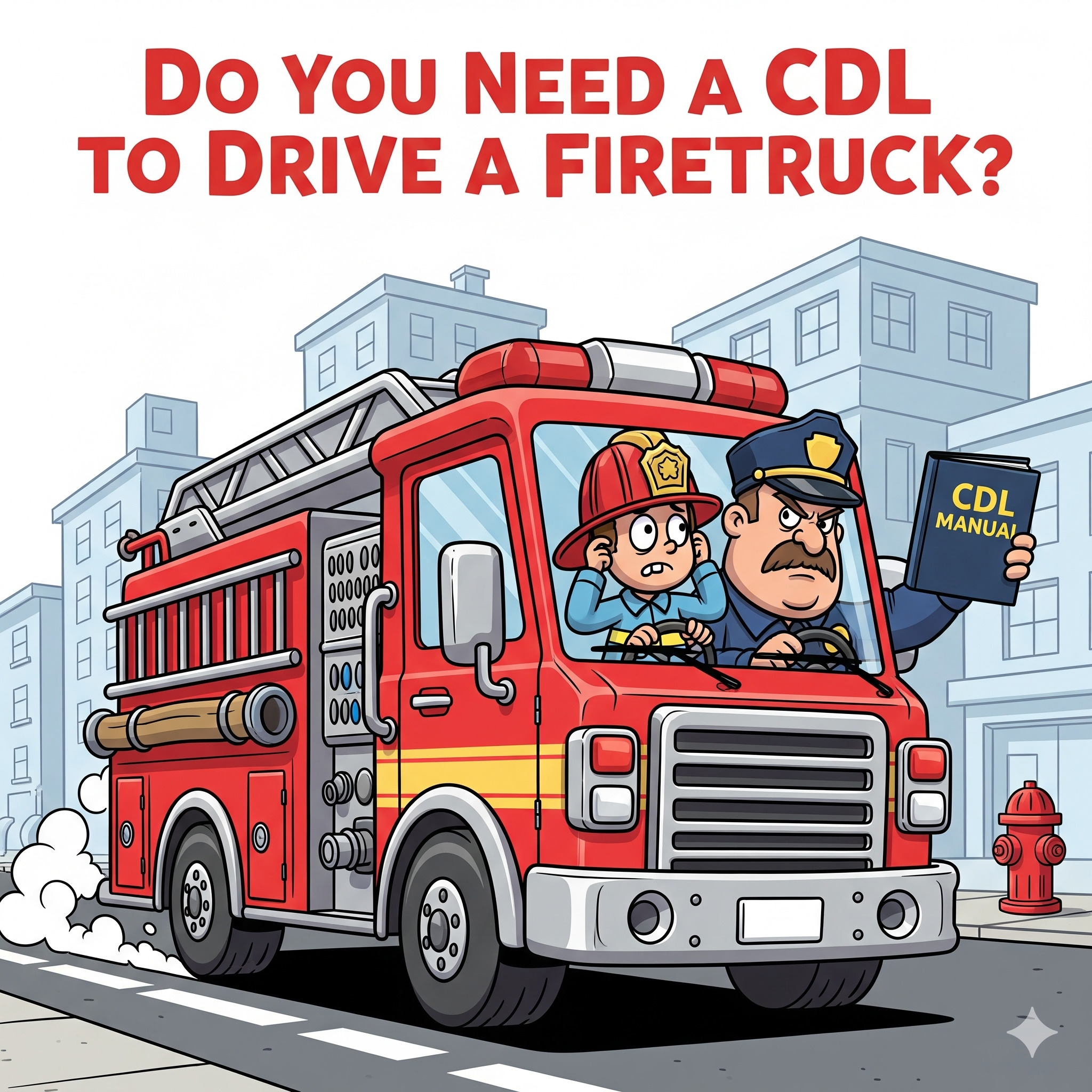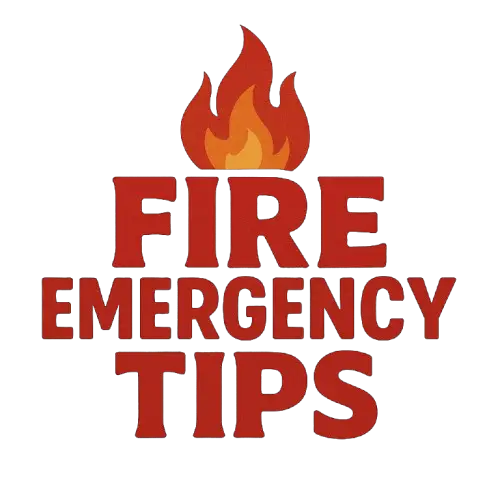
Wondering if you need a CDL to drive a firetruck? As a seasoned expert in the driving industry, I’ll shed light on this common query. Operating a firetruck is not your typical driving gig – it comes with unique requirements. So, do you need a CDL to maneuver this emergency vehicle? Let’s dive in and uncover the facts.
When it comes to driving a firetruck, the regulations can vary based on the state and the type of fire apparatus. Understanding the specific licensing requirements is crucial for aspiring firefighters and seasoned veterans alike. Stay tuned as I break down the essentials of CDL requirements for driving a firetruck, ensuring you’re well-equipped with the knowledge you need.
In this comprehensive guide, I’ll navigate through the intricate world of firetruck driving regulations. Whether you’re considering a career in firefighting or simply curious about the licensing protocols, I’ve got you covered. Let’s explore the ins and outs of whether a CDL is a must-have for operating a firetruck.
Key Takeaways
- CDL requirements for driving a firetruck vary by state and depend on the type of fire apparatus being operated.
- Some states mandate a CDL for certain types of fire apparatus to ensure operators have the necessary skills for safe driving.
- Awareness of additional endorsements or certifications, such as those for hazardous materials, may be required for driving a firetruck.
- Understanding state-specific CDL requirements and exemptions is crucial to comply with the law and maintain safety standards.
- Common fire apparatus like aerial ladder trucks, tiller trucks, tanker trucks, and heavy rescue vehicles typically require a CDL for operation.
- Aspiring firefighters should be aware that obtaining a CDL may be necessary to drive specific types of fire apparatus and uphold professionalism and safety standards in their career.
Overview of Firetruck Driving Regulations
When it comes to driving a firetruck, regulations can vary depending on the state and the type of fire apparatus being operated. In general, fire departments must adhere to strict guidelines to ensure the safety of both firefighters and the public. Understanding these regulations is crucial for anyone considering a career in firefighting or currently in the profession.
In the United States, the requirements for driving a firetruck are often tied to the classification of the vehicle. Some states may require a Commercial Driver’s License (CDL) for certain types of fire apparatus, particularly if they exceed a certain weight limit. CDL regulations are put in place to ensure that individuals operating large vehicles have the necessary skills and qualifications to do so safely.
Furthermore, firefighters should be aware of any additional endorsements or certifications that may be needed to legally drive a firetruck. For example, vehicles carrying hazardous materials may require special endorsements on top of a CDL. It’s essential to understand these requirements and acquire the proper credentials to avoid any legal issues or safety concerns while on duty.
Navigating the regulations surrounding firetruck driving can be complex, but with the right knowledge and preparation, firefighters can ensure they are operating within the legal boundaries and upholding the highest standards of safety and professionalism.
State-Specific CDL Requirements for Firetruck Drivers
When it comes to driving a firetruck, CDL requirements can vary depending on the state. Each state has its own regulations governing the operation of commercial vehicles, including fire apparatus. As a firefighter, it’s essential to be aware of the specific CDL requirements in your state to ensure compliance with the law.
Some states may mandate that all firetruck drivers hold a CDL regardless of the vehicle’s size or weight. Others may have exemptions for emergency vehicles, including firetrucks, under certain conditions. Understanding the nuances of these regulations is crucial for firefighters to avoid legal issues and maintain safety on the road.
To determine whether you need a CDL to drive a firetruck in your state, it’s important to consult the Department of Motor Vehicles or the relevant state authority. They can provide detailed information on the licensing requirements for operating commercial vehicles, including fire apparatus. By staying informed and up-to-date on these regulations, firefighters can ensure they are properly licensed to drive firetrucks in their state.
Remember, compliance with state-specific CDL requirements is not just a legal necessity but also a key aspect of ensuring safety for both firefighters and the public. By adhering to these regulations, firetruck drivers can uphold professionalism, maintain safety standards, and carry out their essential duties with confidence and competence.
Types of Fire Apparatus That Require a CDL
When it comes to driving fire apparatus that require a Commercial Driver’s License (CDL), it’s essential to be aware of the specific types of vehicles that fall under this category. Here are some common fire apparatus that typically require a CDL:
- Aerial ladder trucks:
These vehicles are equipped with an extendable ladder used for reaching tall structures during firefighting operations. Due to their size and specialized equipment, operators of aerial ladder trucks usually need a CDL. - Tiller trucks:
Tiller trucks, also known as tractor-drawn aerials, have a unique design with a separate cab for steering the rear of the vehicle. The complexity of operating a tiller truck often necessitates a CDL. - Tanker trucks:
Tanker trucks are used to transport large quantities of water or other extinguishing agents to the scene of a fire. Given their size and carrying capacity, CDL requirements may apply to drivers of tanker trucks. - Heavy rescue vehicles:
These specialized vehicles carry equipment for extricating individuals from vehicles or buildings during emergencies. Operators of heavy rescue vehicles may need a CDL due to the weight and dimensions of these vehicles.
Understanding the specific types of fire apparatus that require a CDL is crucial for firefighters to ensure compliance with state regulations and to safely operate these vehicles in emergency situations. By being informed about CDL requirements for different types of fire apparatus, drivers can uphold professionalism and safety standards while performing their essential duties.
Licensing Essentials for Aspiring Firefighters
When pursuing a career as a firefighter, it’s crucial to be aware of the licensing requirements for driving fire apparatus. To operate certain types of firetrucks, a Commercial Driver’s License (CDL) is necessary. Having the appropriate licensing not only ensures compliance with state regulations but also allows for the safe and efficient operation of these specialized vehicles during emergency responses.
As an aspiring firefighter, obtaining a CDL may be a key step in your professional journey. By familiarizing yourself with the specific types of fire apparatus that require a CDL, you can proactively work towards meeting the necessary licensing standards. Aerial ladder trucks, tiller trucks, tanker trucks, and heavy rescue vehicles are some common examples that typically fall under the CDL requirement due to their size and operational complexities.
Firefighters play a vital role in ensuring the safety and well-being of their communities. By acquiring the appropriate licensing for driving fire apparatus, you demonstrate your commitment to upholding professionalism and safety standards in the field. Continuous learning and adherence to licensing regulations contribute to the overall effectiveness and preparedness of firefighting teams in handling diverse emergency situations.
Conclusion
Understanding the licensing requirements for driving fire apparatus is crucial for aspiring firefighters. Securing a Commercial Driver’s License (CDL) is essential for operating specific types of firetrucks, ensuring compliance with state regulations and facilitating safe emergency responses. By obtaining the necessary licensing, individuals demonstrate their dedication to professionalism and safety standards in firefighting. This proactive approach not only enhances individual readiness but also contributes to the overall efficiency and effectiveness of firefighting teams in managing diverse emergency scenarios.
Frequently Asked Questions
Why is understanding licensing requirements for driving fire apparatus important for firefighters?
Obtaining the correct licensing, such as a Commercial Driver’s License (CDL), is crucial for firefighters to operate specific firetrucks legally and ensure compliance with state laws. It enables them to respond to emergencies safely and effectively.
What types of fire apparatus require a Commercial Driver’s License (CDL)?
Firefighters typically need a CDL to operate heavy fire apparatus, such as aerial ladder trucks or fire engines, due to their weight and size. It also applies to vehicles carrying hazardous materials, emphasizing the need for proper training and qualifications.
How does acquiring the necessary licensing contribute to professionalism in firefighting?
By obtaining the required licensing, firefighters demonstrate their commitment to professionalism and safety standards in the field. It signifies their dedication to upholding regulations, enhancing team preparedness, and ensuring proficient responses to diverse emergency situations.
